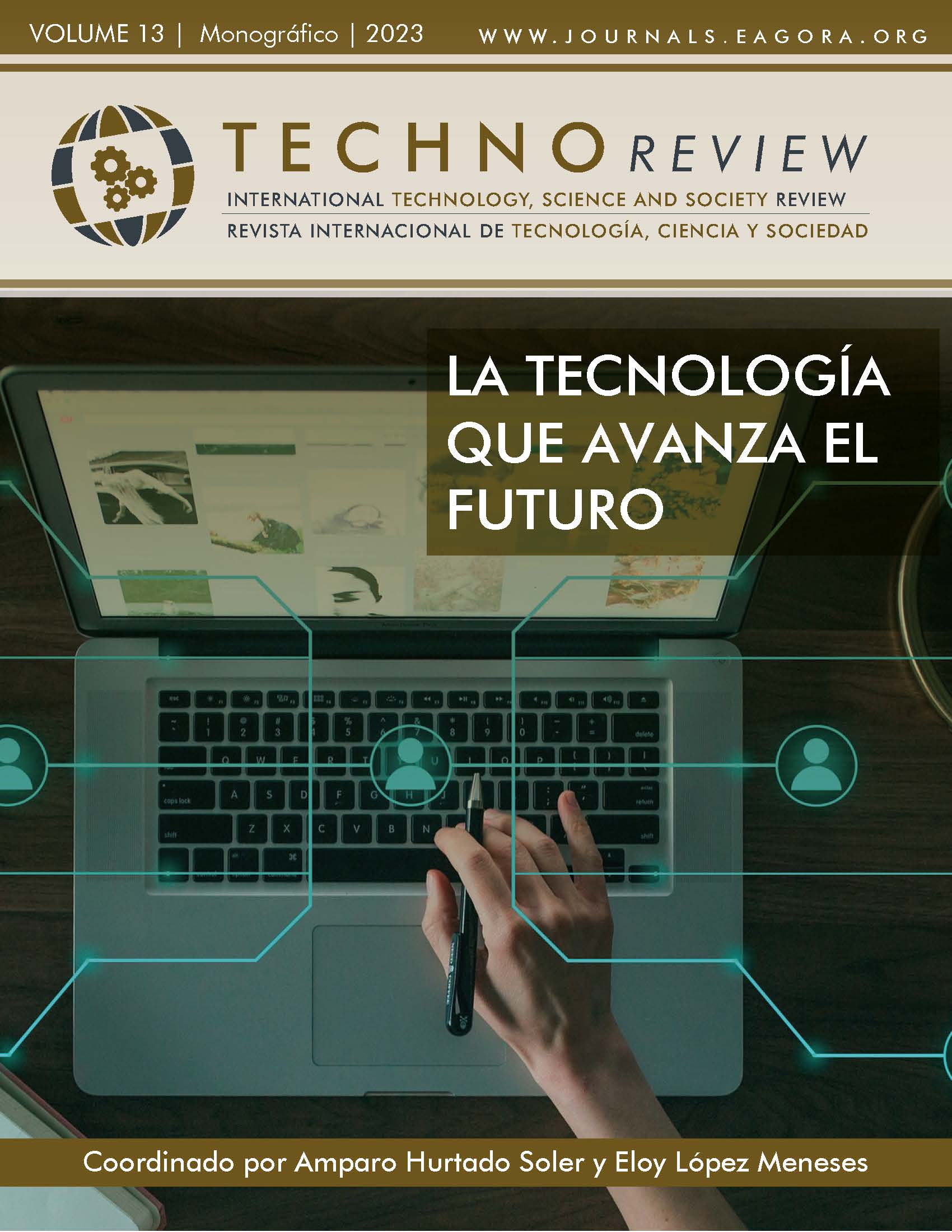Virtual assistants and the quality of service to the customer
DOI:
https://doi.org/10.37467/revtechno.v13.4816Keywords:
Customer, Empathy, Innovation, Quality of service, Reliability, Technology, Virtual assistantsAbstract
In an environment characterized by relentless technological development, ICTs have disrupted the way people communicate and interact. Virtual assistants, by automating customer service processes, minimize the intervention of people, reducing resources of business entities. Likewise, they manage to strengthen their position in the market by adding value to their portfolio, and in this way, they manage to increase the relationship with customers. It is concluded that virtual assistants positively influence customer service, since it was possible to improve indicators such as empathy, reliability in service and responsiveness.
References
Adamopoulou E. & Moussiades L. (2020). An Overview of Chatbot Technology. Springer Link. https://link.springer.com/chapter/10.1007/978-3-030-49186-4_31
Ahmad N., Hafiz M., Zainal A. (2018). Review of Chatbots Design Techniques. ResearchGate, 155(2), 176–183.https://www.researchgate.net/profile/Nahdatul-Akma-Ahmad/publication/327097910_Review_of_Chatbots_Design_Techniques/links/5b77cf3e4585151fd11cd905/Review-of-Chatbots-Design-Techniques.pdf
Alhadlaq, I. (2016). How Technology Influences Communication. International Journal of Scientific & Engineering Research, 7, 960-963.
Almurshidi, S. (2018). Expert System for Diagnosing Breast Cancer (Tesis de grado). Universidad Al-Azhar de Ghaza.
Arana, C. (2021). Inteligencia Artificial Aplicada a la Educación. Logros, Tendencias y Perspectivas. INNOVA UNTREF, 1 (17).
Aza, & Muha, & Ahmad, Nahdatul Akma. (2018). Review of Chatbots Design Techniques. International Journal of Computer Applications, 181, 7-10.
Bentlage, E., Ammar, A., How, D., Ahmed, M., Trabelsi, K., Chtourou, H., y Brach, M. (2020). Practical Recommendations for Maintaining Active Lifestyle During the COVID-19 Pandemic: A Systematic Literature Review. International journal of environmental research and public health, 17(17), 62-65. https://doi.org/10.3390/ijerph17176265
Ecosistema HUAWEI (30/05/2018). Cómo se levanta uno e inventa la IA en 1956 https://ecosistemahuawei.xataka.com/como-se-levanta-uno-e-inventa-la-ia-en-1956/
Eggar C. (09/07/2021). The healthcare chatbots market by revenue is expected to grow at a CAGR of 27.17% during the period 2020–2026. UNTREF. https://acortar.link/Ngy4wG
Harris, R. (2016). The Advantages and Disadvantages of Chatbots. App Developer Magazine. https://appdevelopermagazine.com/the-advantages-and-disadvantages-of-chatbots/
He, W., Zhang, Z., y Li, W. (2021). Information Technology Solutions, Challenges, and Suggestions for Tackling the COVID-19 Pandemic. International Journal of Information Management, 57, 102-287. https://doi.org/10.1016/j.ijinfomgt.2020.102287
Haug, N., Geyrhofer, L., Londei, A., Dervic, E., Desvars-Larrive, A., Loreto, V., Pinior, B., Thurner, S., & Klimek, P. (2020). Ranking the Effectiveness of Worldwide COVID-19 Government Interventions. Nature Human Behaviour, 4(12), 1303-1312. https://doi.org/10.1038/s41562-020-01009-0
Hernández, R., Fernández, C., Baptista, P. (2010). Metodología de la Investigación. Editorial McGraw Hill Interamericana
Judson, T. J., Odisho, A. Y., Young, J. J., Bigazzi, O., Steuer, D., Gonzales, R., & Neinstein, A. B. (2020). Implementation of a Digital Chatbot to Screen Health System Employees During the COVID-19 Pandemic. Journal of the American Medical Informatics Association, 27(9), 1450-1455. https://doi.org/10.1093/jamia/ocaa130
Jackson, C. (2019). Introduction to Artificial Intelligence. Dover.
Jara, I-, y Ochoa J. (2020). Usos y efectos de la inteligencia artificial en educación. BID.
Kaplan, A., & Haenlein, M. (2018). Siri, Siri, in my hand: Who’s the fairest in the land? On the interpretations, illustrations, and implications of artificial intelligence. Fresno, C. (ed.), Business Horizon 1521, 1-11.
León, G., y Viña S. (2017). La inteligencia artificial en la educación superior. Oportunidades y amenazas. Innova research journal, 2 (8), 412-422. 10.33890/innova.v2.n8.1.2017.399.
Lu, H., Li, Y., Chen, M., Kim, H., y Serikawa, S. (2017). Brain Intelligence: Go beyond Artificial Intelligence. Mobile Networks and Applications, 23(2), 368–375.
Mark F. (2017). The new era of Chatbots. HoldMe, 155(2), 176–183. https://medium.com/@holdmeio/the-new-era-of-chatbots-b15ddd327f44
Mordor intelligence (2021) Global chatbot market - growth, trends, covid-19 impact, and forecasts (2022 - 2027) https://www.mordorintelligence.com/industry-reports/global-chatbot-market
Posada, R., Peña, N., & Aguilar, O. (2020). Resultados generales del estudio de Innovación e industria 4.0 en las micro y pequeñas empresas en América Latina. In Cuhátemoc, O., Peña, B. y Posadas, F. (Ed.), Innovación e industria 4.0 en las micro y pequeña empresas en América Latina (pp. 13-20).
Shumanov M., & Johnson L. (2021). Making conversations with chatbots more personalized. Science Direct, 20(1), 41-46. https://www.sciencedirect.com/science/article/abs/pii/S0747563220303745
The Verge. (12/ 04/2016). Messenger and WhatsApp process 60 billion messages a day, three times more than SMS. https://www.theverge.com/2016/4/12/11415198/facebook-messenger-whatsapp-number-messages-vs-sms-f8-2016
Downloads
Published
Issue
Section
License
All articles are published under an Attribution-NoDerivatives 4.0 International (CC BY-ND 4.0) license. Authors retain copyright over their work.

